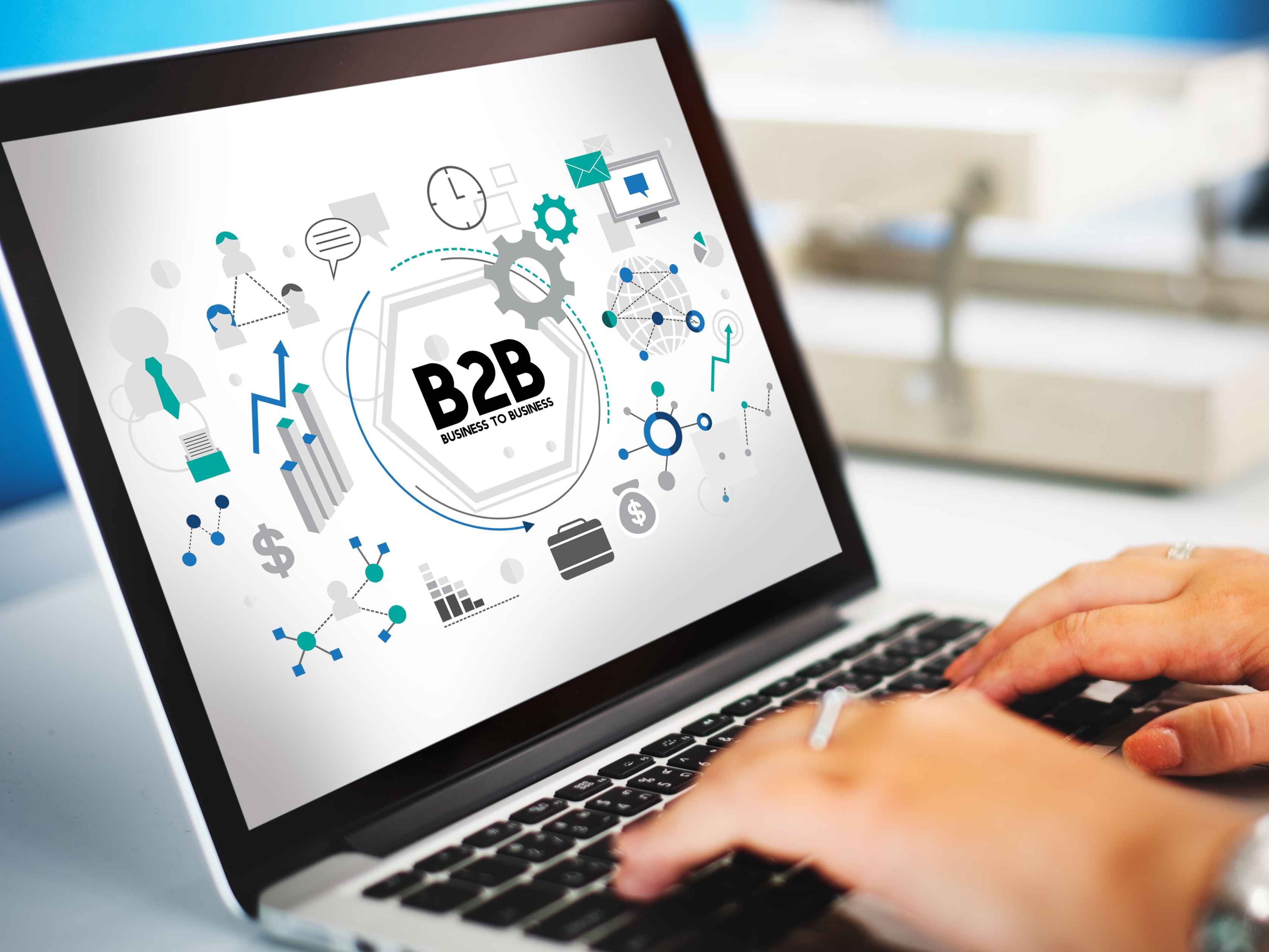ABM vs. Lead Generation: Which Strategy Delivers the Best ROI?

Strong 8k brings an ultra-HD IPTV experience to your living room and your pocket.
Understanding the key differences between Account-Based Marketing (ABM) and traditional Lead Generation is essential for C-suite executives looking to maximize ROI. This article explores both strategies, their pros and cons, and how to choose the right approach for sustainable business growth.
Key Features of ABM:
• Personalized campaigns: Tailored messaging based on the prospect’s industry, pain points, and business needs.
• Alignment of sales & marketing: ABM requires close collaboration between sales and marketing teams to drive account engagement.
• Multi-channel approach: Uses a mix of email, social media, content marketing, and direct outreach.
• Higher ROI: Due to its targeted nature, ABM often delivers better conversion rates and customer lifetime value.
When to Use ABM:
• Targeting enterprise clients or high-value accounts.
• Selling complex, high-ticket products or services.
• Focusing on long-term relationships and customer retention.
What is Lead Generation?
Lead Generation, on the other hand, is a broader approach that focuses on attracting and capturing leads from a wide audience. The goal is to generate as many potential customers as possible, nurture them through the sales funnel, and eventually convert them into paying customers.
Key Features of Lead Generation:
• Volume-based approach: The primary goal is to collect a large number of leads.
• Inbound & outbound tactics: Includes SEO, content marketing, PPC ads, email campaigns, and cold outreach.
• Lead nurturing: Uses marketing automation and email sequences to guide prospects toward a purchase decision.
• Shorter sales cycle: Typically used for businesses with lower-cost products and services.
When to Use Lead Generation:
• Expanding market reach and brand awareness.
• Selling products/services with a shorter sales cycle.
• Targeting SMBs or a diverse range of potential customers.
Key Differences: ABM vs. Lead Generation
Feature Account-Based Marketing (ABM) Lead Generation
Targeting Specific high-value accounts Broad audience
Approach Personalized, one-to-one Mass marketing, one-to-many
Sales Cycle Longer, relationship-focused Shorter, transactional
ROI Potential Higher but takes time Faster results but lower conversion rates
Collaboration Requires strong sales-marketing alignment Often marketing-led, sales follow-up later
Which Strategy is Better for Your Business?
The decision between ABM and Lead Generation depends on your business goals, target market, and available resources.
• Choose ABM if you:
o Sell high-value products/services to a niche market.
o Have a longer sales cycle that requires deep relationship-building.
o Want to maximize revenue from a small number of strategic clients.
• Choose Lead Generation if you:
o Need to scale quickly and attract a large number of potential customers.
o Offer lower-cost, high-volume products/services.
o Operate in industries where customers make quicker purchase decisions.
Can You Combine ABM and Lead Generation?
Absolutely. Many companies use a hybrid approach to balance brand awareness and targeted selling. For example:
• Use Lead Generation to attract a broad audience and segment high-value prospects.
• Apply ABM tactics to nurture and close high-priority accounts that emerge from lead generation efforts.
By combining these strategies, businesses can maximize their marketing efficiency and drive sustainable growth.
Final Thoughts: Making the Right Choice
For C-suite executives, the key to success is aligning marketing strategies with business objectives. ABM offers a laser-focused, relationship-driven approach, while Lead Generation provides volume and reach. Choosing the right mix will ensure your company generates high-quality leads, improves conversion rates, and achieves long-term profitability.
Would you like to explore how ABM or Lead Generation fits into your business strategy? Connect with us to discuss a tailored marketing plan.
ABM vs. Lead Generation: Which Approach is Right for Your Business?
In today's competitive market, companies must adopt the right marketing strategies to drive revenue and long-term customer engagement. Two of the most prominent approaches are Account-Based Marketing (ABM) and Lead Generation.
While both strategies aim to attract and convert customers, they differ significantly in execution, targeting, and overall effectiveness. Understanding their differences is crucial for CEOs, CMOs, and other C-suite executives looking to optimize their marketing spend and improve ROI.
What is Account-Based Marketing (ABM)?
ABM is a highly targeted, personalized marketing strategy that focuses on specific high-value accounts rather than broad audience outreach. Instead of casting a wide net, ABM aligns sales and marketing efforts to engage and nurture key decision-makers within selected companies.
Note: IndiBlogHub features both user-submitted and editorial content. We do not verify third-party contributions. Read our Disclaimer and Privacy Policyfor details.







